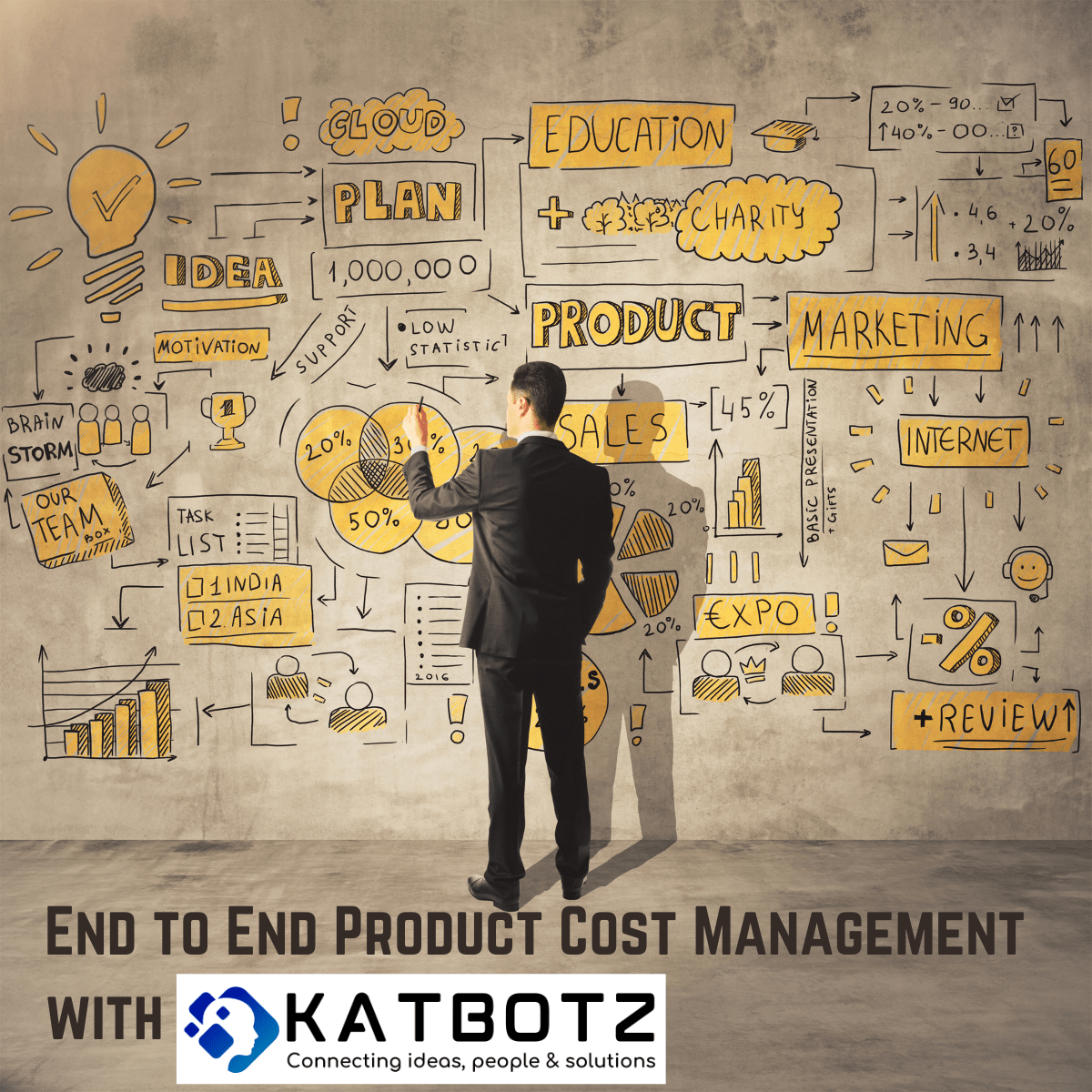Introduction
In the ever-evolving landscape of manufacturing, the journey from New Product Introduction (NPI) to the sustain phases is fraught with complexities. At the heart of this journey lies the critical process of product costing – a process that, if managed effectively, can be the linchpin of a manufacturing company’s success. This article delves into how proper processes in product costing offer a plethora of benefits, from enhanced visibility of costs to improved decision-making capabilities, while also addressing the challenges that companies often encounter.
Benefits of Implementing Proper Product Costing Processes
- Visibility of Costs: Implementing comprehensive product costing processes enables manufacturers to have a clear view of the costs involved at every stage of the product life cycle. This visibility is crucial for informed decision-making and strategic planning.
- Tracking Variances: Life cycle costing allows companies to track variances between projected and actual costs, enabling timely interventions and adjustments.
- Analytical Breakup: With advanced costing methods, manufacturers can break down costs into granular categories (material, labor, overhead, etc.), offering deeper insights into cost drivers.
- Make vs. Buy Decisions: Accurate costing information aids in making critical decisions about whether to manufacture components in-house or outsource them.
- Accountability and Efficiency: A robust costing process promotes accountability as it ties costs to specific activities or departments, driving efficiency across operations.
- Connectivity and Visibility: Integration of costing systems with other business functions ensures connectivity and end-to-end visibility, essential for cohesive business operations.
- Historical Trends vs. Current Analysis: Analyzing historical costing data against current trends helps in forecasting and better resource allocation.
- Enabling Decision Making: Real-time data and analytics empower management to make proactive and informed decisions about product lines.
- Traceability and Single Source of Truth: Centralized costing processes provide a single source of truth, ensuring consistency and traceability throughout the product’s life.
- Cost Control and Predictability: Effective product costing leads to better cost control and predictability, essential for budgeting and financial planning.
- Simulations for Strategic Planning: Costing simulations allow for scenario planning, helping businesses prepare for various market conditions.
- Identifying the Right Time to Exit: Knowing when to discontinue a product is crucial. Costing processes provide the data needed to make this strategic decision.
Challenges in Implementing Product Costing Processes
- Legacy Systems: Many manufacturers grapple with outdated systems that are not equipped to handle modern costing methodologies.
- Change Management: Implementing new costing processes often requires a significant change in organizational culture and processes.
- The Catch-22 of Labor and Technology: Relying heavily on manual processes, like spreadsheets, can be labor-intensive and prone to errors, yet one tool does not solve all issues.
- Smart Talent, Antiquated Processes: Having skilled professionals constrained by outdated processes can hinder efficiency and innovation.
- Multiple Stakeholders: Balancing the interests and inputs of various stakeholders in decision-making can be challenging.
- Short-term Gains vs. Long-term Goals: The focus on immediate results can sometimes overshadow the importance of long-term strategic planning and investment in transformation initiatives.
Case Study: Simulated/implemented End-to-End Product Costing in SAP S/4HANA
A practical example of the benefits of robust product costing is seen in a simulated end-to-end product costing exercise conducted in a test and demo environment. This simulation, covering the entire spectrum from NPI to sustain phases, provided invaluable insights into plan versus actual costs, enhancing accountability, and offering numerous other benefits. It served as a model for how integrated, sophisticated costing processes can lead to better-informed decisions, cost savings, and strategic advantages in a competitive market.
Conclusion
The implementation of proper product costing processes in manufacturing is not just a financial imperative but a strategic one. It offers clarity, control, and insights essential for navigating the complex terrain of product lifecycle management. While the challenges are significant, the benefits, as evidenced by case studies and industry practices, are too substantial to ignore. As the manufacturing sector continues to evolve, embracing advanced product costing methodologies will be key to staying competitive and achieving long-term success.

